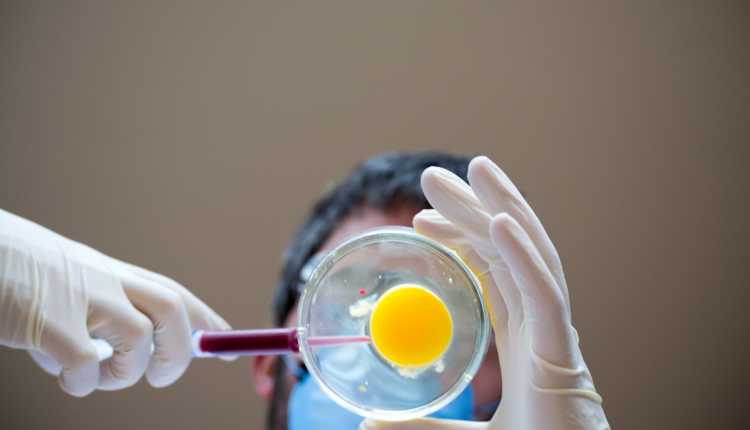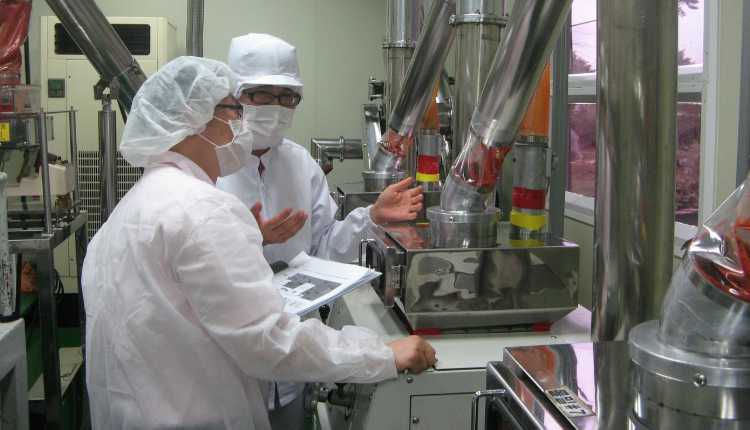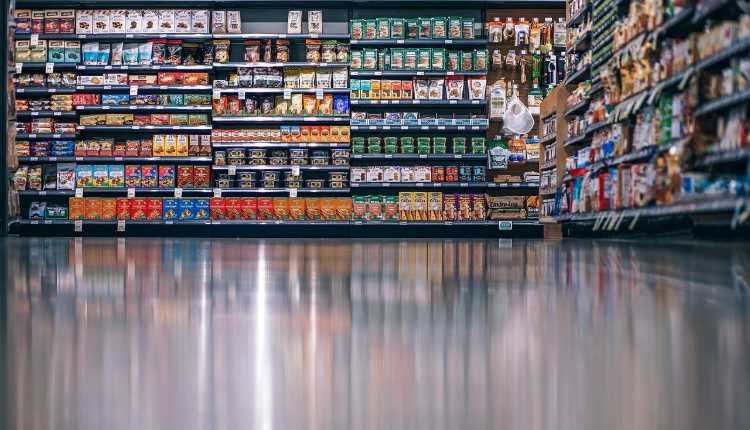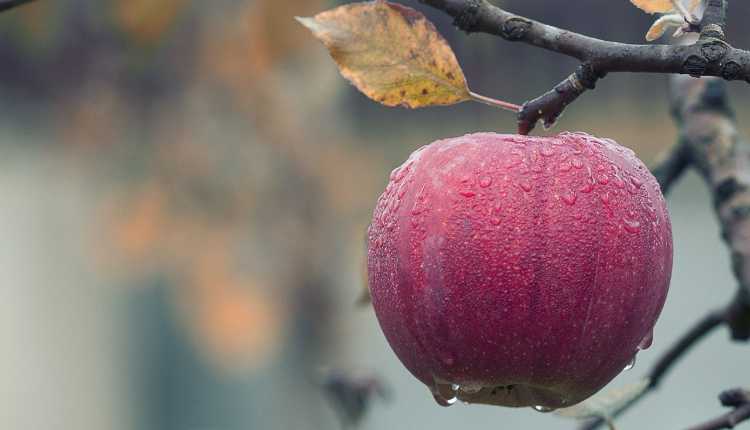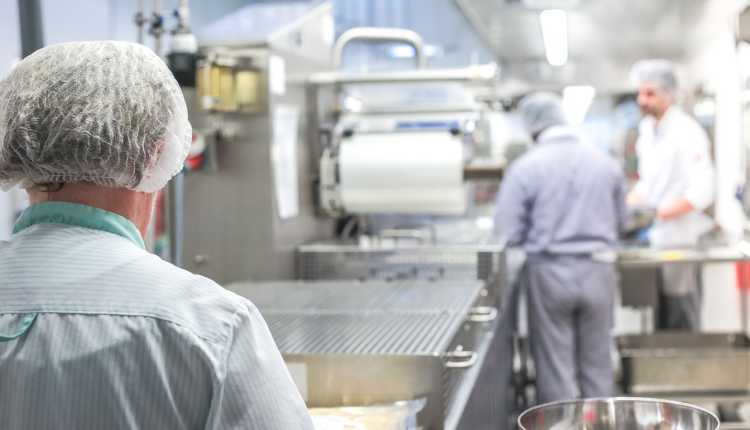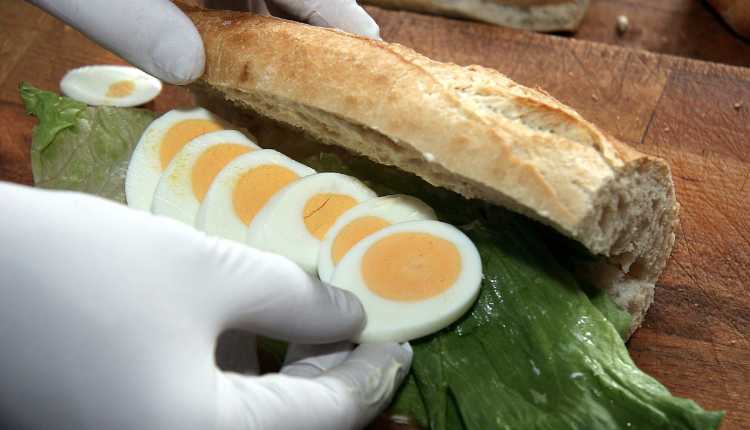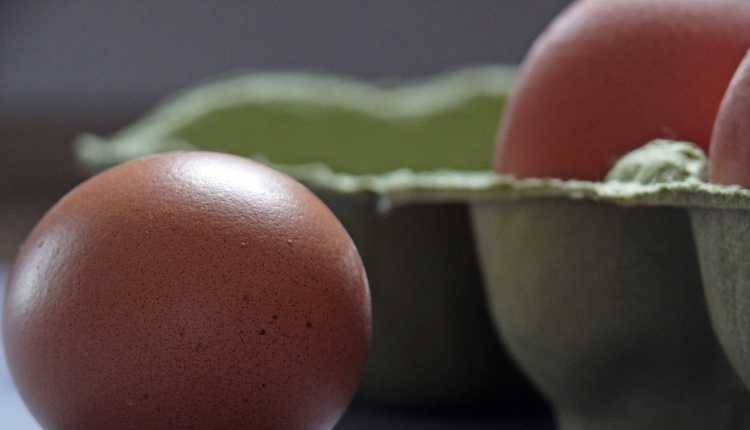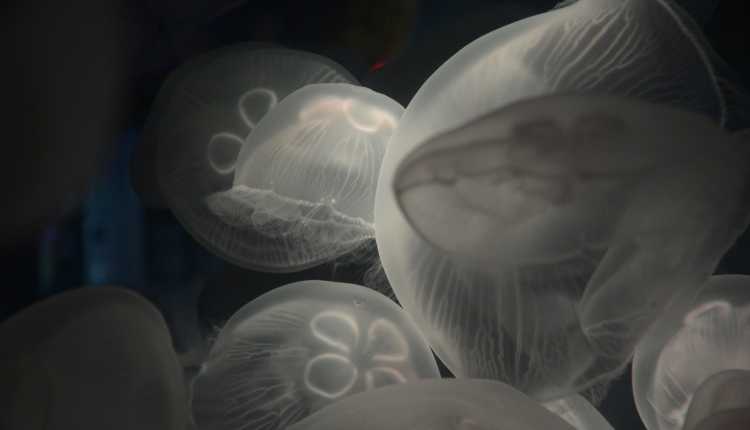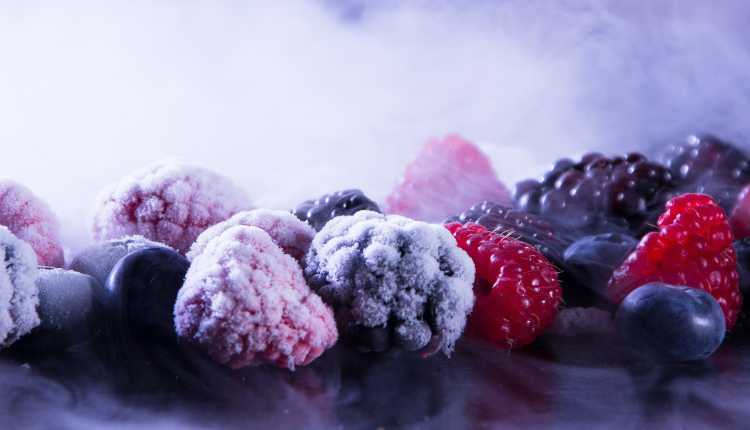Nowadays, Nanotechnology is found everywhere in the modern world. It is becoming an essential part of our life, day by day. This technology was already there earlier, but there was not much research done on it. Now science has become so advanced that this technology has got a new direction. And now, it is being said that the upcoming technique will be on nanotechnology. The nanotechnology is currently being used in our daily life. It is used in various fields like medicine, machinery, food science, and much more. Let’s find out what this technology is all about.
What is Nano Technology?
The Nano word is a Greek word, which means short, small or subtle. The nano is a substance that is made of subtle elements. This technology is the engineering of atoms and molecules, and it combines many subjects altogether like Chemistry, Physics, Bio Bioinformatics, and Biotechnology. It means that this technology is an Applied Science which can work on smaller particles than 100 nanometers. With the help of this technology, revolutionary changes can be made in many fields like medical, electronics, bioscience, food science, and much more because this technology can make any product light and trustworthy. You might also be interested in knowing the Best Courses After 12th For Science Students.
This is the reason that this technology is gearing up very fast in the modern world. This technology benefits the machinery by increasing the life of the machine and its low fuel consumption. This technology can make any mobile or machine as small as our fingernail. Many miracles can be possible with this technology, from medicine to machinery.
Applications of Nano Technology in Food Science:-
Recent innovations of nanotechnology have transformed many fields, including food science. Let’s find out the applications of Nanotechnology in Food Science.
1. Food Processing
Nanotechnology is used in food science in many ways. There are Nano-capsules to improve the bio-availability of neutraceuticals in standard ingredients like cooking oils. The Nano encapsulated to enhance the flavors in food. Nanoparticles and nanotubes used as gelatin and Viscosifying agents. The Nano-capsule used as an infusion of plant-based steroids to replace the meat’s cholesterol. Nanoparticles are used to bind and remove the chemicals or pathogens from food selectively. The Nano-emulsions and particles are used for better availability and dispersion of nutrients.
2. Food Packaging
Nanotechnology is used in the food packaging field too. The antibodies are attached to fluorescent nano-particles that detect chemicals or food-borne pathogens. Biodegradable nano-sensors are used in food packaging for temperature, moisture, and time monitoring. Nanoclays and Nano-films as barrier materials, are used to prevent spoilage and prevent oxygen absorption. The Electrochemical nano-sensors are used to detect ethylene. The Antimicrobial and Antifungal surface coatings are made with nano-particles (silver, magnesium, zinc). The lighter, stronger, and more heat resistant films are made with silicate nanoparticles. It is used as a modified permeation behavior of foils.
3. Supplements
The nanotechnology is used in food supplements too. Nano-size powders are used to increase the absorption of nutrients. The Cellulose non-crystal composites are used as drug carriers. The Nano-encapsulation of neutraceuticals is used for better absorption, better stability, or targeted delivery. Nanocochleates (coiled nano-particles) are used to deliver nutrients more effectively to cells without affecting the taste or color of food. The vitamin sprays dispersing active molecules into nano-droplets are used for better absorption.
4. Agriculture
Nanotechnology is used in agriculture too. The single-molecule detection is used to determine enzyme/ substrate interactions. The Nano-capsules is used for the delivery of pesticides, fertilizers, and other agrichemicals more efficiently. It is used as the delivery of growth hormones in a controlled fashion. Nano-sensors are used for monitoring soil conditions and crop growth.
The Nano-chips are used for identity preservation and tracking. Nanosensors are used for the detection of animal and plant pathogens. Nano-capsules are used to deliver the vaccines. Nanoparticles are used to provide DNA to plants( targeted genetic engineering).
Safety Concerns of Food technology in Food Science:-
Nano Technology is gearing up rapidly in all the fields, and it will be affected in our daily life. Food Science is the most significant industry to be affected by nanotechnology. Because of some unique characteristics of nano-structures and nano-materials, there are some concerns about the harmful effects of use nano-materials on our health and environment. Let’s find out the possible side-effects of nanotechnology on safety, human exposure, and the environment.
1. Food Production
Nanotechnology can improve the effectiveness of fertilizers and pesticides to improve crop yields. The Nutrition delivery or genetic manipulation of the nano-structure of animals and plants may improve farming yields. While new Nano-materials can help farmers to reach their goals but can have adverse effects on human health and the environment.
2. Food Processing
In modern life, people are looking for more nutritional supplements because many nutrients in food are destroyed in the digestive tract. Many factors affect the absorption of food in the body for infants, children, elders, and those who are suffering from gastrointestinal diseases. Now the conventional methods for processing foods are being replaced by new techniques. In food processing, the new techniques will decrease the waste or spoilage of nutrients. For preventing harmful effects on human health, the nutrition delivery system should be made with biodegradable materials.
3. Food packaging
In conventional food packaging, Non- biodegradable materials like plastics have been used. But now biodegradable, degradable, and smart packaging that contains sensors and nano-composites or edible packaging by using lipids, proteins, polysaccharides are present in food packaging. But some significant problems are faced by Biodegradable and edible packaging that includes poor mechanical properties, humidity, gas, and low degradation temperatures that prevent expansion.
Food packaging must be made with inert materials for hygienic reasons, but some active and smart materials have also been marketed in recent times. Antibacterials, Enzymes, and absorbent materials can increase shelf life and improve storage conditions. Zinc oxide, Manganese oxide, and silver nanoparticles are active particles in antimicrobial properties for packaging. Carbon nanotubes, quantum dots, gold nanostructures, and other active nanostructures can be used as sensors of microbes or other tests for food safety.
4. Water Purification
In developing countries, to get clean drinking water is a problem. Challenges regarding water purification have attracted many scientists who use nano-membrane technologies that use materials like carbon nanotubes. This material is considered a high risk for human health and the environment. Toxins or microorganisms from the water are removed with the use of nanostructures. It is not safe to use nanotechnology in this field. There are some challenges and risks that should be considered. Some nano-structures are used majorly like fullerene and carbon nanostructures. It is claimed that after the purification of water, particles in the water have harmful effects on human health and the environment.
5. Nano particle’s toxicity measurements
Nano-materials have some unique characteristics like high surface areas that make them more chemically active so they can participate in most of the biological reactions that can affect human health and the environment. Nano-structures in nutrition or food industry should not affect human health directly or indirectly.
Some features of nanoparticles can cause side effects which are given as follows:-
1. Surface Structure
Roughness, charge, hydrophobicity, and surface chemistry are the factors that can change the toxicological impacts of absorbed nano-particles in the human body. Coating of hydrophilic polymer like polyethylene glycol on nano-particles can decrease the toxic effects of bare particles. It is considered that positively charged nanoparticles are more toxic than negative nano-particles.
2. Solubility
Solubility is an essential feature in the toxicity of nanoparticles. For example – soluble titanium oxide nanoparticles are more toxic than insoluble titanium oxide nano-particles. So all the factors that are related to toxicity and environmental activity of nano-particles should be investigated.
3. Size
The size is an important feature that determines the surface area of nano-particles. Its effect is shown in the respiratory response. The absorbed nano-particles can trigger an immune system response. The small size of the particles allows them to pass through different biological barriers and set in tissues like the central nervous system. The size of the nano-particles in the different routes of exposure should be considered in food-related industries.
4. Chemical Composition
While producing nano-particles, many reagents are used that can be toxic. Some settle in the final product and result in exposure to toxins. The toxic effects of carbon nanotubes and semiconductor nano-particles that are related to residual reagents during synthesis. The remaining reagents or impurities may cause side effects of carbon nanotubes.
Nanotechnology in Food Preservation:-
Methods of Food Packaging are used for the quality of the food. They are packaged in a way so that it is safe to consume. Antimicrobial, High barrier plastics, and detection measures for contaminants are some methods that need attention during food packaging. There are some nano techniques that are applied during food preservation and packaging.
1. Nano-sensors
Nano-sensors help in detecting any change in the color of food and helps in detecting any gas being produced during spoilage.
2. Nano-composites
Nano-composites helps in keeping the food products fresh for a sustainable amount of time.
3. Nano-particles
Nano-particles helps in improving food color, flow property, and stability.

